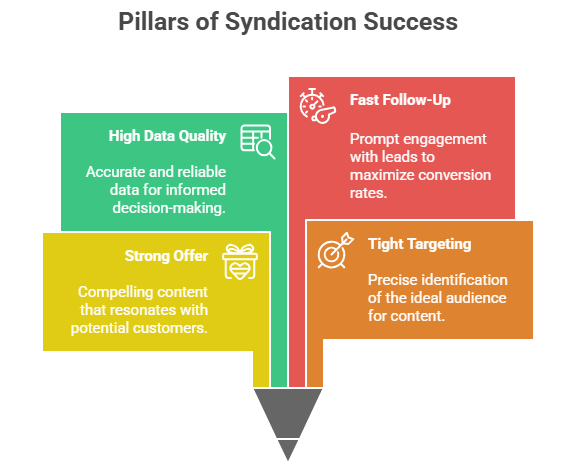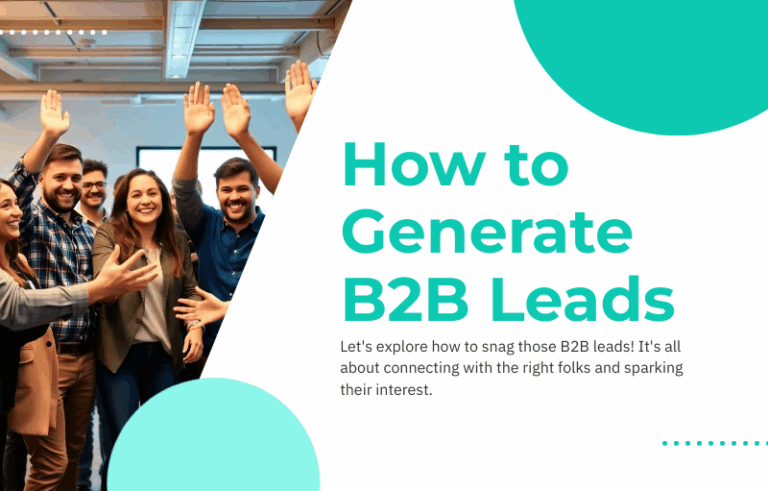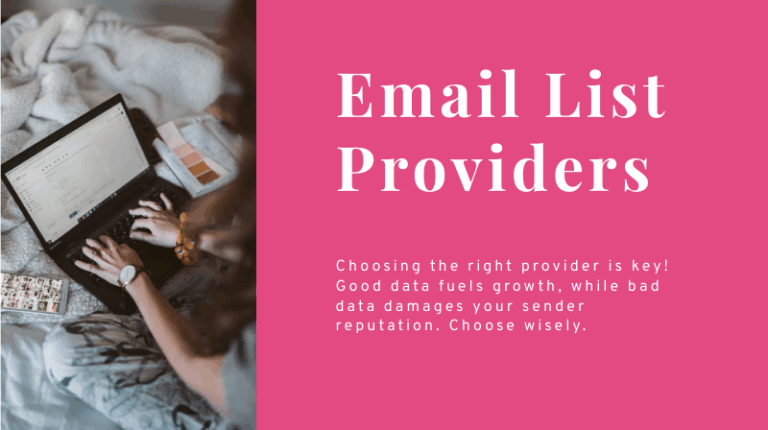Technology has always influenced marketing and advertising. Think about how the rise of the automotive society led to billboards and how television transformed the ad world, and you have some idea of technology’s impact. Advertising has long been marketing’s most visible facet, but technology’s set to change that as well as marketing automation technology lets marketers move from ads broadcast generic audiences to highly focused marketing messages geared to a segmented, but deep audience.
Efficiency Rules
The trend in all technology is toward greater efficiency, and that’s key to understanding how it affects marketing. New technology is innovative, but innovation sometimes comes at the cost of usability at first. As the new tech settles in, people find more efficient ways to use it. To see this rule in action, look at computing technology of the 1980s. Without a mouse, touchpad, or stylus, the keyboard was the only conduit between user and machine, and it wasn’t always the most efficient interface. Today, computing technology is intuitive enough that children can pick up a mouse and understand how to use it.
Similarly, we’re seeing movement away from inefficient, broad means of communicating with potential customers and toward focused forms of communication in marketing. Old-school advertising is fundamentally inefficient; it addresses an unknown audience. Marketing automation delivers highly relevant information to select, well-known audiences, including targeted advertising.
Centralized Data Is Powerful Data
With information coming in from various sources and in numerous formats, data normalization is a big challenge for businesses. Marketers needed a way to integrate that data into a single big picture – one that included information from CRM, demographic, firmographic, and behavioral sources. Until marketers could take information from one silo and make it actionable data in other areas, it was impossible to integrate all the volumes of knowledge they amassed. Marketing automation is designed to break down silo walls and put the power of data science at marketers’ fingertips. Now, email marketers, social media experts, lead generation teams, and content marketers pool their knowledge into a centralized database.
Closing the Data Loop
Conventional advertising techniques are an open system, and an open system leaks data. CMOs and advertising agents could get useful data on response rates and engagement once ads were released, and they had some idea of their intended audience, but they couldn’t close the loop and use data to create accurate models that then guided the next campaign in predictable, quantifiable ways.
Tracking technology is already available on most digital channels; monitoring email open rates and click-throughs is straightforward. What’s new with marketing automation is that it correlates that information with website visits, advertising views, CRM records, sales histories, and other cross-channel data sources for a far more sophisticated pattern of action and reaction. Data becomes a closed loop, a system in which all information about leads contributes to understanding them better, which in turn makes each lead a known quantity.
Tech-Heavy, but Customer-Friendly
With all this talk of technological breakthroughs, it’s important to realize that this new tool set ultimately serves leads’ needs better. Instead of losing sight of customers amid a tangle of unrelated data points, centralized data in a marketing automation system creates detailed images of each client so marketing and sales teams can cater to them. The technology has become more complex, but the relationship between businesses and their leads is simplified. When people work with companies that use marketing automation, they get timely, efficient, personalized service at every step of the sales cycle.
Building Brands and Market Share
Advertising speaks to awareness, but awareness alone doesn’t generate sales. You can probably hum at least a few ad jingles from your youth, but they probably haven’t inspired you to buy a box of sugary cereal or eat bologna sandwiches for lunch. You aren’t the target market for these products anymore. Advertising as part of an overall marketing strategy to build brand awareness makes sense, but awareness is just the first step. Marketing that identifies, segments, and distills audience groups to take your message to those who are most receptive to it is where automation excels. Modern marketing methods have overtaken conventional advertising as a way to build brands and earn meaningful market share.
Creative Opportunities
Marketers who don’t understand automation may wonder how this data-driven revolution affects creative agency. Is there still room for creative when everything’s automated? The answer’s an unqualified yes. If anything, automation leaves more room for creative than conventional marketing because each audience segment merits its own messaging. Content marketing has to reach numerous audiences, not just one undifferentiated one, and that means creators will play a crucial part in executing marketing strategies. The more you know about your customers, the more your advertising should reflect that insight.
© Reach Marketing LLC 2016 All Rights Reserved.



